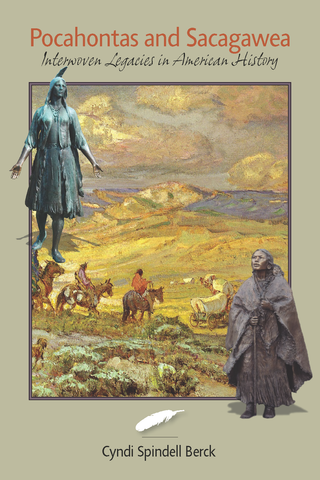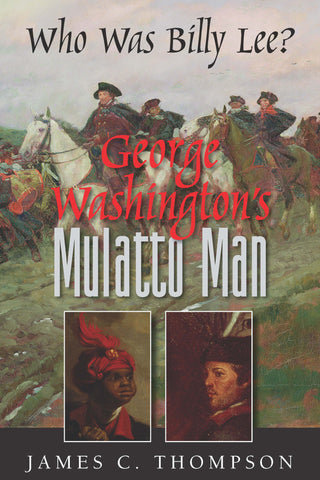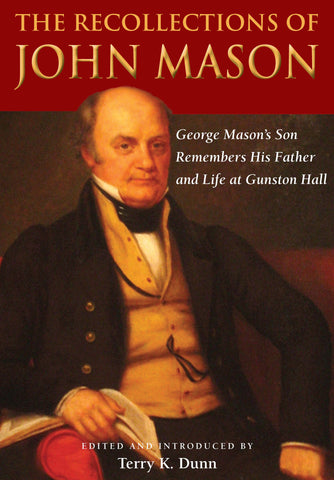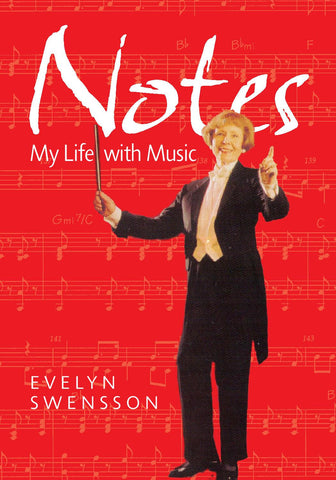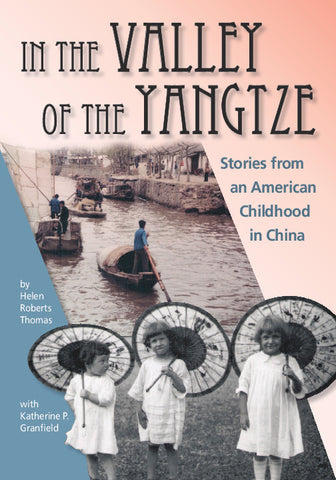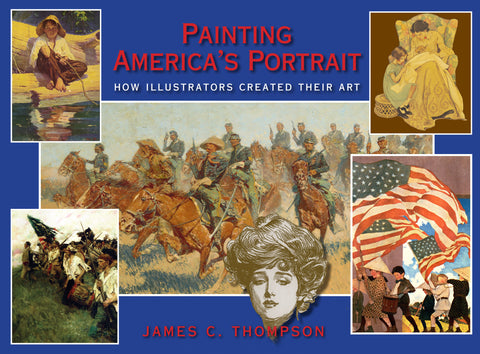Jefferson Country - A Tales of Love and Revolution in the Oncoming Age of Aquarius
This tale of love and revolution takes place in 1975 in picturesque Charlottesville, Virginia. Like many other famous works of fiction, Jefferson Country is a roman a clef—it presents real events in a fictionalized framework and uses fictitious characters and real people to advance its conflicts.
Among the best works in this genre are The Sun Also Rises by Ernest Hemingway (1926), Animal Farm by George Orwell (1945), On the Road by Jack Kerouac (1957), Fear and Loathing in Las Vegas by Hunter Thompson (1971), and Primary Colors, which was written by “Anonymous” in 1992. Jefferson Country is different from each of these classics, but it resembles each of them in significant ways.
Jefferson Country’s author, who writes under a pseudonym, ties the book’s several sub-plots together in a cult murder for which Henry Tilghman is the prime suspect. Henry is drawn into a love relationship with Claire Fox as she helps him decipher the bizarre pictogram he found on Roberta Wiley’s body and unravel the mystery that underlies her execution. Being so helpful, she also saves him from the gallows!
Our anonymous storyteller presents Henry and Claire’s cosmic adventure in a literary style that places the architects of modern America in the new celestial age. Since Menippus invented it in the 3rd century B.C., and Petronius and Lucian refined it in the first centuries A.D., satirical fiction has remained highly popular. Jefferson Country follows Sir Thomas More’s Utopia (1551], Henry Fielding’s Tom Jones (1749), and Voltaire’s Candide (1759). The Age of Aquarius was fast approaching when Aldous Huxley wrote Brave New World (1932), when George Orwell wrote 1984 (1949), when Kurt Vonnegut wrote Sirens of Titan (1959), when Joseph Heller wrote Catch-22 (1961), and when Ken Kesey wrote One Flew Over the Cuckoo’s Nest (1961). Now it’s here. Tertium Non Datur!
- Page 1 of 3
- Next





